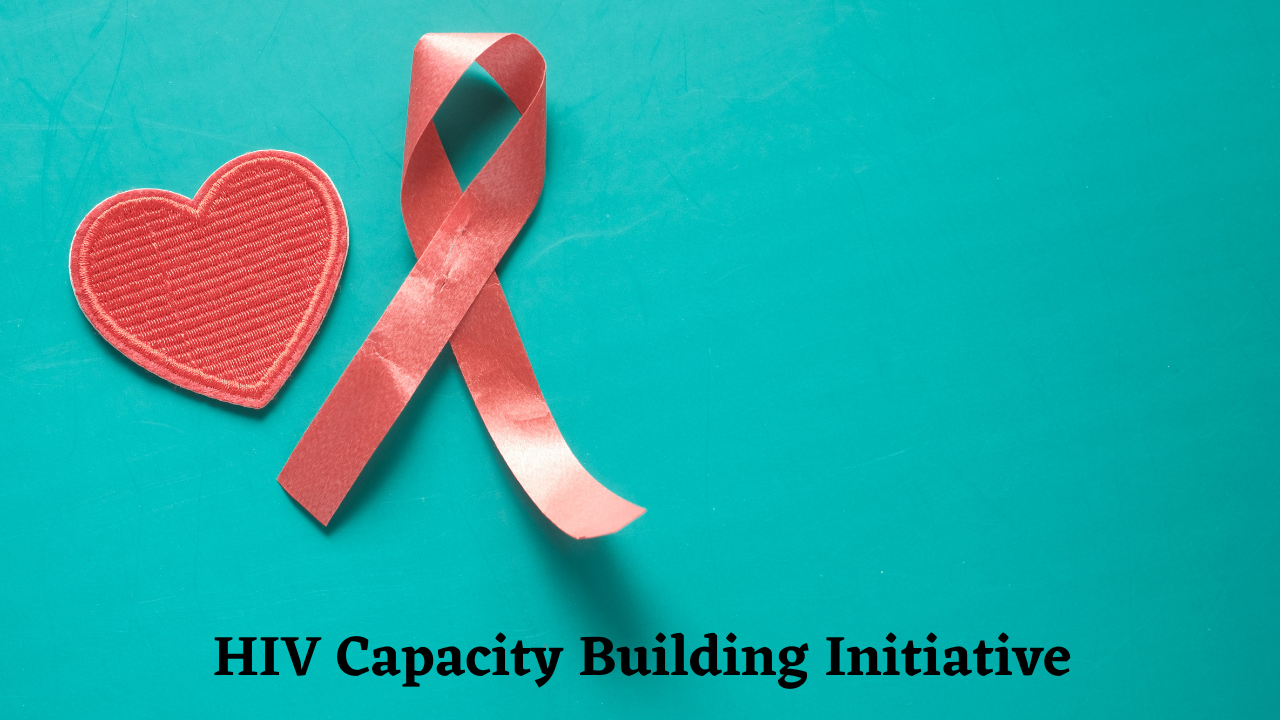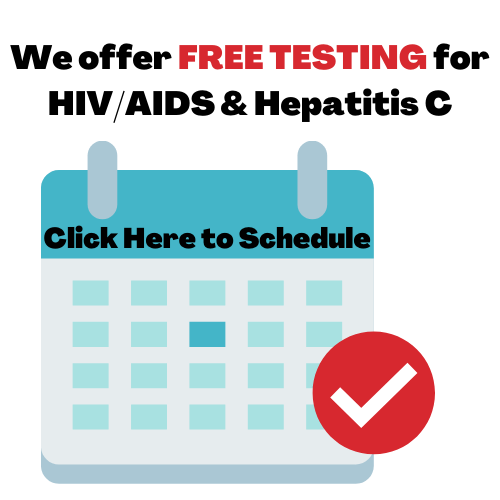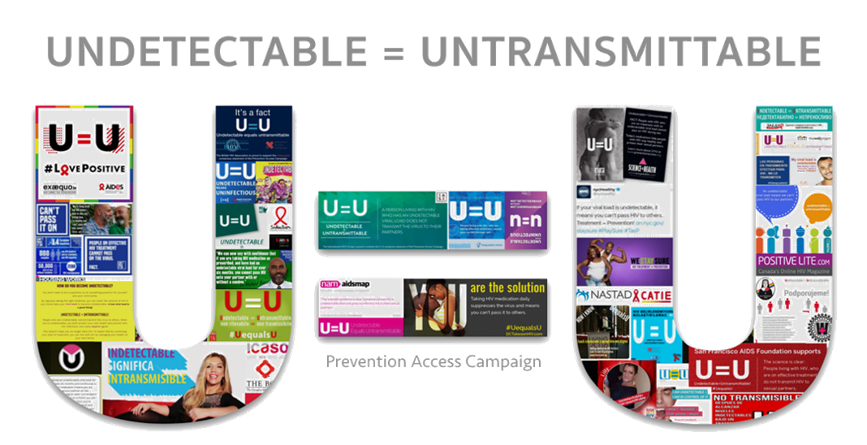

What is HIV?
The Human Immunodeficiency Virus, HIV, which causes AIDS (acquired immunodeficiency syndrome), is one of the world’s most severe health and development challenges. HIV is transmitted through certain body fluids weakening the immune system by destroying cells that fight disease and infection, specifically CD4 cells (often called T cells). Left untreated, HIV reduces the number of CD4 cells in the body, making it more difficult for the immune system to fight off infections and other diseases.
You can only get HIV by coming into direct contact with certain body fluids from a person with HIV who has a detectable viral load. These fluids are:
· Blood
· Semen (cum) and pre-seminal fluid
· Rectal fluids
· Vaginal fluids
· Breast milk
These fluids must get into the bloodstream of an HIV-negative person through a mucous membrane, open cuts or sores, or by direct injection.
How Can I Tell If I Have HIV?
The only way to know for sure if you have HIV is to get tested. You can’t rely on symptoms to tell whether you have HIV, and knowing your status gives you powerful information to take steps to keep yourself and your partner(s) healthy.
Symptoms
Not everyone will have the same symptoms; it depends on the person and what stage of the disease they are in. Within 2 to 4 weeks after infection with HIV, about two-thirds of people experience a flu-like illness. These symptoms can last anywhere from a few days to several weeks, and it is essential to note some people will not have any symptoms at all during this early stage of HIV.
Flu-like symptoms include:
· Fever
· Chills
· Rash
· Night sweats
· Muscle aches
· Sore throat
· Fatigue
· Swollen lymph nodes
· Mouth ulcers
Treatment
HIV treatment includes the use of combination antiretroviral therapy (ART) to attack the virus itself and medications to prevent and treat the many opportunistic infections that can occur when HIV compromises the immune system. In light of recent research findings, WHO (World Health Organization) released a guideline in 2015 recommending starting HIV treatment earlier in the course of illness.
HIV treatment is most likely to be successful when you know what to expect and are committed to taking your medicines exactly as prescribed. Working with your health care provider to develop a treatment plan will help you learn more about HIV and manage it effectively.
What to Expect When Going for an HIV Test
A health care provider will take your sample (blood or oral fluid). If it’s a rapid test, you may be able to wait for the results, but if it’s a laboratory test, it can take several days for your results to be available. Your health care provider or counselor may talk with you about your risk factors, answer any questions you might have, and discuss the next steps with you, especially if your result is positive.
At the NIWHRC, testing is free and confidential, requiring a signed waiver. A client’s information will never leave the hands of a NIWHRC employee. Clients will receive a rapid HIV test (finger stick), and have the results the same day.
The time between when a person gets HIV and when a test can accurately detect it is called the window period. The window period varies from person to person and also depends upon the type of HIV test. If you are HIV-positive, it is important to disclose your HIV status to your health care providers (doctors, dentists, etc.) so that they can give you the best possible care. You may also consider disclosing your status to others.
With confidential testing, if you test positive for HIV, the test result and your name will be reported to the state or local health department to help public health officials get better estimates of the rates of HIV in the state. The state health department will then remove all personal information about you (name, address, etc.) and share the remaining non-identifying information with CDC. CDC does not share this information with anyone else, including insurance companies.
Global Response
At the June 2016 U.N. General Assembly High-Level Meeting on Ending AIDS, world leaders adopted a new Political Declaration that reaffirmed commitments and called for an intensification of efforts to end AIDS by 2030. In 2017, a report of the U.N. Secretary-General emphasized these commitments, calling for the global community to reinvigorate international efforts to respond to AIDS. Another U.N. high-level meeting on HIV/AIDS will occur in June 2021; in addition to reviewing progress toward achievement of the 2030 goal, it will address the impacts of COVID-19.

